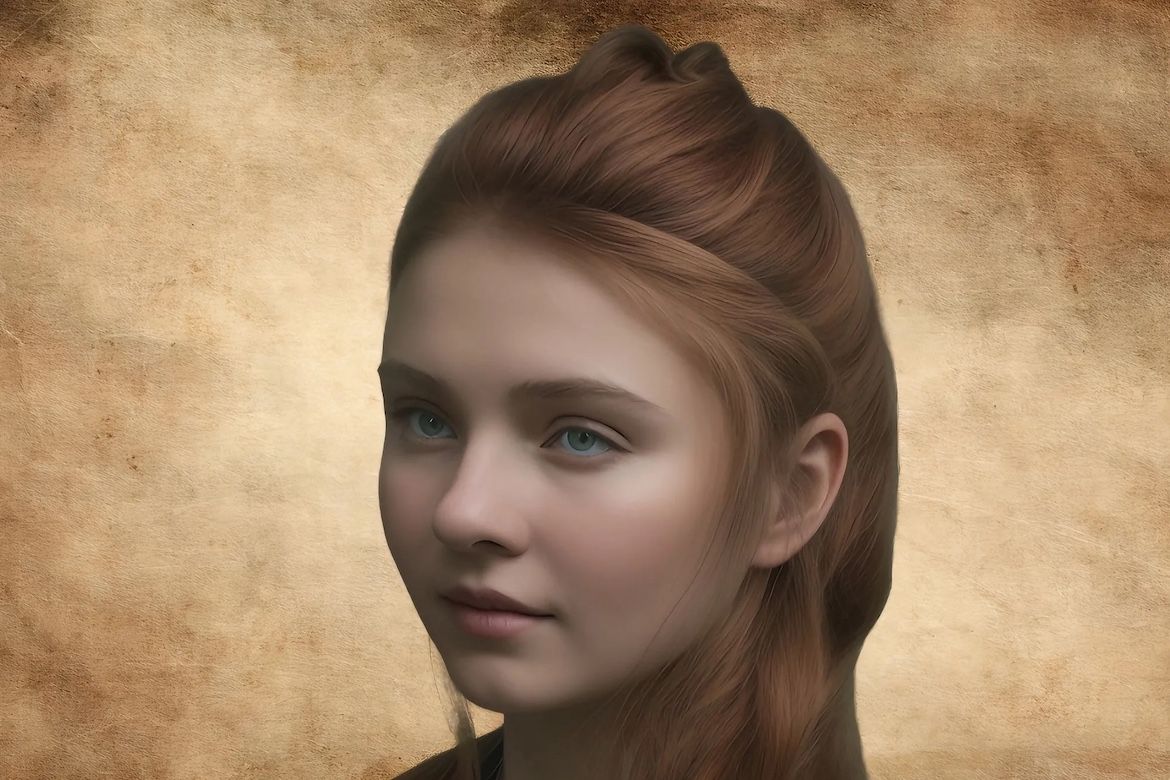Roughly 3,500 years ago, a woman was buried in a royal cemetery in Mycenae, the city ruled by Agamemnon, who led the attack on Troy.
When her remains were found in the 1950s, uncertainty surrounded her true identity. She was found buried with a death mask and a warrior kit that contained various weapons, including three swords.
But because she was interred next to a man, researchers long thought those artifacts belonged to him, not her. They also suspected she was married to the man.
An analysis revealed the woman was in her mid-30s at the time of her death and was suffering from arthritis in her hands, probably due to a repetitive activity like weaving. She died during the late Bronze Age, between the 16th and 17th centuries BC.
But DNA analysis later revealed that the man was her brother, not her husband and researchers now suspect the grave goods probably belonged to the woman.
The new findings are beginning to reveal a completely different story about the role of women in antiquity from the one we thought.
And thanks to new technology, a digital artist named Juanjo Ortega has created an image of the woman’s face. The artist was commissioned by Emily Hauser, a historian and classics scholar at the University of Exeter in the UK who wanted a human face to what had been up to now, bones.
Hauser writes about the woman in her forthcoming book Penelope’s Bones: A New History of Homer’s World Through the Women Written Out of It.
In the book, Hauser tells the often-overlooked stories of women in ancient Greece—including the mysterious royal woman.
While working on the book, she hired Ortega G. to create a digital model of the woman’s face, based on a clay reconstruction made by researchers at Manchester University in the 1980s.
The artist also drew on wall paintings from the time, particularly those from Santorini, where researchers discovered “a striking image of a woman with red-gold hair and blue eyes—which he used as his inspiration here,” Hauser tells Smithsonian magazine.














